
The International Code Council’s 30th Anniversary Highlights Three Decades of Plumbing Safety, Water Conservation and More
From the creation of the International Plumbing Code to the development of the International Swimming Pool and Spa Code, the Code Council has grown significantly in its advocacy and work in the plumbing space.
When Jay Peters joined the International Code Council in 2007, he helped create the Plumbing, Mechanical and Fuel Gas (PMG) program with the goal of educating the world about one thing: it all begins with sanitation.
“You go back and look at history – any country that begins developing the standards around water and sanitation develops a thousand times faster [than those that don’t],” said Peters, who served the Code Council as its first PMG Executive Director. “People don’t realize how important the plumber is.”
Plumbing has been front and center from the Code Council’s inception in 1994 and is an essential part of its 30th Anniversary celebration. The International Plumbing Code® (IPC) became the Code Council’s first model code when it was published in 1995.
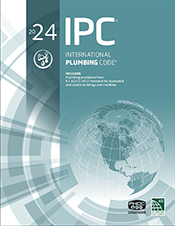
“The IPC has many provisions that save money and allow technologies that work just fine and require far less material, piping, labor and cost,” said Gregg Gress, former secretariat for numerous International Codes® (I-Codes), including the IPC. He also served as staff liaison for many code committees, including the Plumbing/Mechanical Development Committee. “It’s the most technically advanced plumbing code there is.”
Prior to the IPC, there were several plumbing codes throughout the country, creating regional differences that frustrated contractors and building safety professionals. The Code Council was confident that one international code could resolve these issues and improve building safety on a global scale.
To ensure that all parties (including building safety professionals and contractors) would have a voice and could help shape the first IPC, the Code Council invited them to speak at their first code development hearings. This set the stage for how future codes, including future iterations of the IPC, would be developed.
Since then, the Code Council has become a powerful advocate for plumbing solutions and how they can improve building safety, water efficiency and water conservation.
The International Plumbing Code is Always Being Updated
The IPC received several notable updates over the last decade. Among them is a 2021 change that no longer requires separate toilet facilities for each sex, provided that privacy standards for water closets and urinals are met in accordance with the IPC.
In 2015, the IPC implemented new lead requirements (weighted average lead content of 0.25% or less) for the wetted surfaces of pipes, pipe fittings, joints, valves, faucets and fixture fittings that supply water for drinking and cooking purposes, down from a maximum lead content of 8% previously.
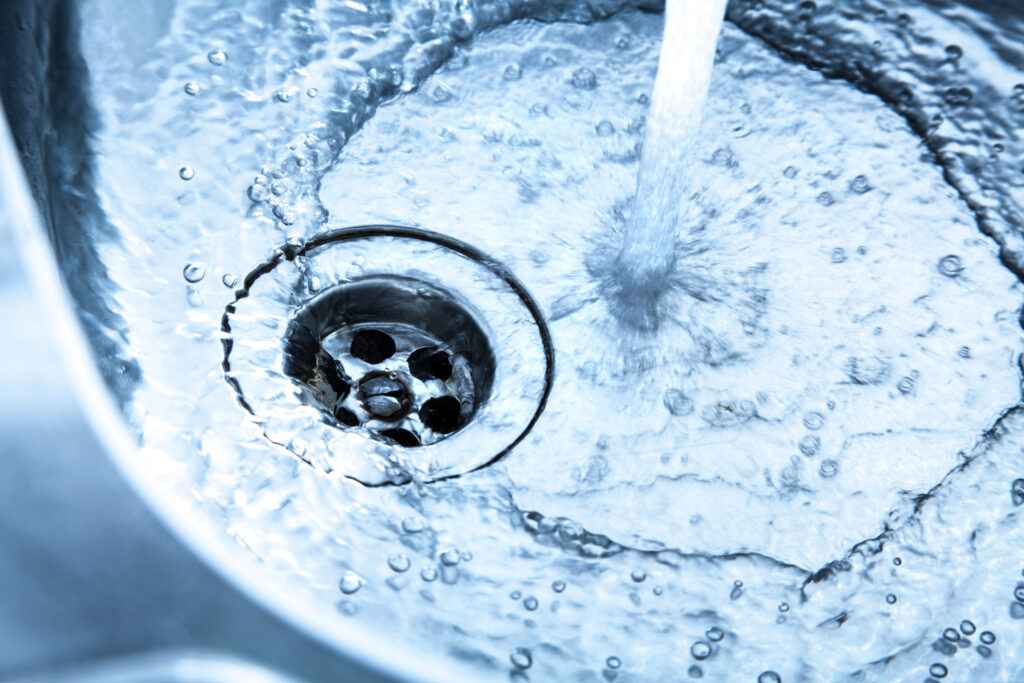
That same year, the IPC recognized the use of press-connect joints in water distribution systems, which take up to 95% less time to install than soldering. The 2015 IPC also added barrier-type trap seal protection devices in addition to the liquid trap seals that were already required.
Going back a little further, siphonic roof drains and drainage systems were added to the 2012 IPC. Only gravity roof drainage systems were recognized previously.
The International Plumbing Code Makes Plumbing More Economical and More Equitable
Through the IPC, the Code Council has also made plumbing more economical by adopting materials that save time and money, including PEX piping and air admittance valves.
“One of the first things introduced in the ‘90s was the air admittance valve, which alleviated a necessity to put so many penetrations through a roof of a structure for vent terminations,” said Guy Tomberlin, former Vice President of PMG Programs for the Code Council. “It allows some vents to terminate into a device that allows air to enter the system but won’t allow air to exit the plumbing system. That was a huge technological advancement, and IPC was the first to adopt it.”
Gress praised the people involved in developing the IPC as “innovative and advanced,” noting that they are always looking for new ways to do things with less material and labor. This is why the Code Council was so quick to accept PEX piping as an alternative to copper, which is more expensive and labor-intensive.
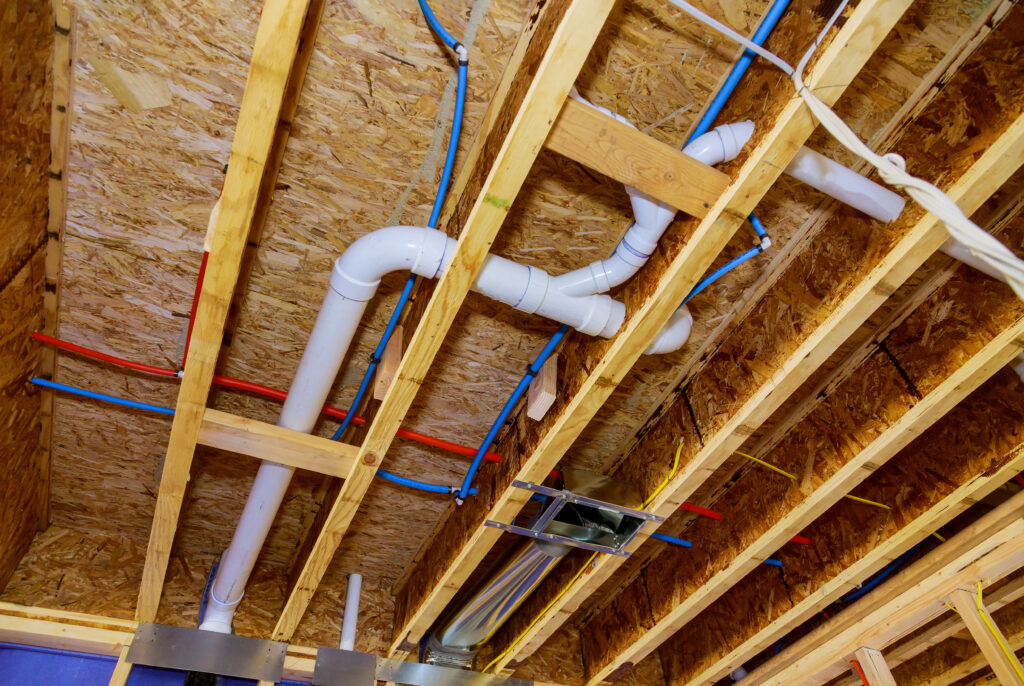
“PEX is a wonderful material,” said Gress. “It has many advantages over all the materials used in the past. Of course, the IPC embraced it as soon as it was in the marketplace and proven. The Code Council is all about embracing new technology and new ways of doing things and the IPC has always been on top of that.”
Equality is also invaluable in the plumbing world, but it wasn’t always obvious or easily attained. For many years, there was a discrepancy between male and female restrooms at concert halls, sports arenas and other large public venues. Both Gress and Tomberlin noted how the IPC addressed this issue.
“One of the first big things that happened was, back in the ‘90s, there was an ad hoc group put together to address potty parity,” said Tomberlin. “They wanted to provide enough facilities for both sexes as best as possible and keep things consistent with each other. That was a huge undertaking. It took several iterations of the code development process to get all those approved. I think now you can see, in new projects being developed today, we are reaping the benefits of that.”
The International Plumbing Code Paved the Way for Water Reuse Technology
In addition to water conservation, the IPC has also paved the way for growth in water reuse technology and adoption over the last decade. Instead of using potable (drinking) water for all use cases, which depletes this vital resource needed for consumption, the code has evolved to allow water to be reused when safe and appropriate.
Amazon is among the major corporations that have designed their headquarters with water reuse in mind, repurposing rainwater, shower water and HVAC condensate for irrigation, toilet and urinal flushing and more.
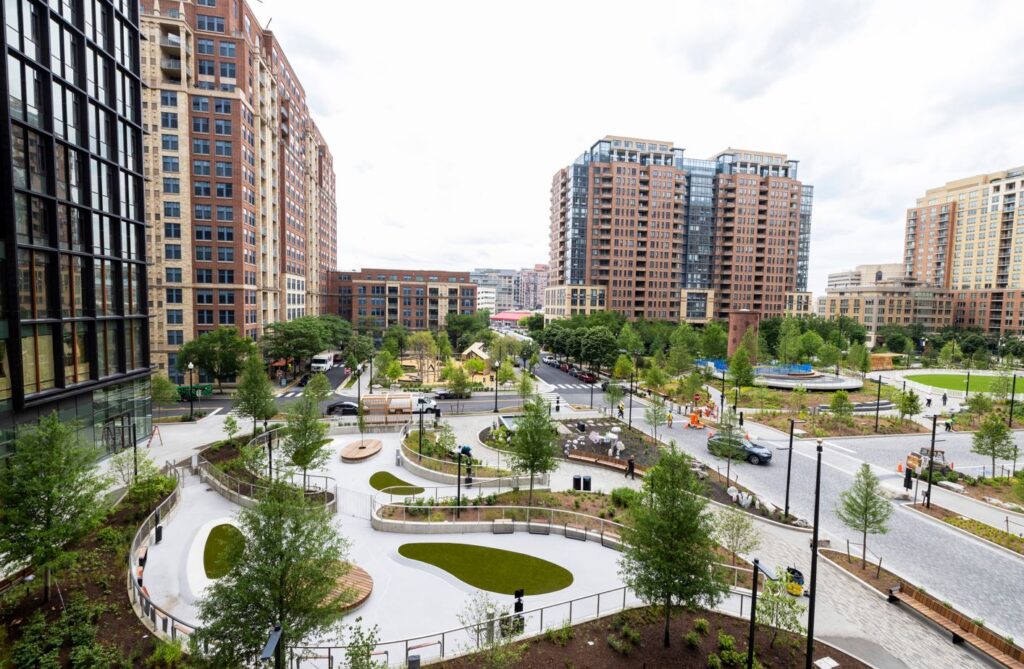
“Water is so finite, only 1% of available water on Earth can be consumed,” said Matt Sigler, PMG Executive Director for the Code Council. “That has not changed and never will change. It’s been like this since the dinosaurs, so we’ve been reusing drinking water whether we want to recognize it or not since the beginning of time.”
By implementing the necessary provisions to ensure water safety, the IPC has helped to eliminate concerns regarding water reuse. This has encouraged corporations, school boards, municipalities and others to more frequently embrace water reuse whenever possible. In doing so, they can save potable water for potable use cases like drinking and cooking and ultimately reduce the size of their water budget.
When Blue Hole Primary School opened in Wimberley, Texas in August 2020, the school relied on its water reuse system to use roughly 50% less water than a nearby elementary school while serving more students. Blue Hole Primary also paid 75% less for its water utilities.
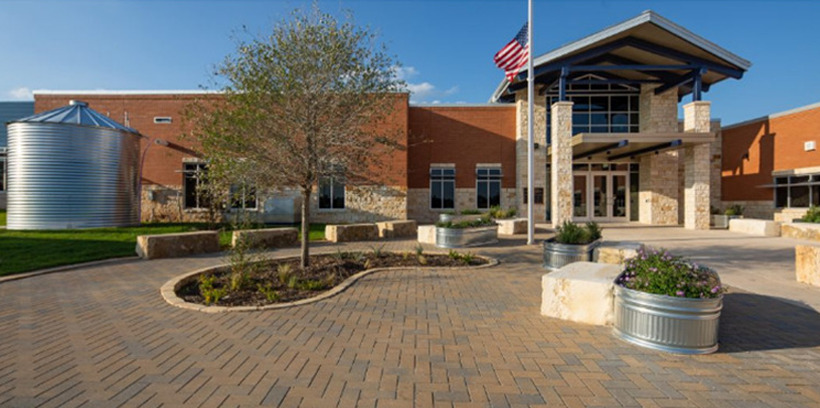
While water reuse has come a long way, the work is far from over. The PMG Code Action Committee’s Water Reuse Working Group is currently developing new proposals on water reuse for the 2027 I-Codes that will address water quality requirements for all reuse applications, including those utilizing blackwater (wastewater that contains urine or fecal matter).
Putting “International” in the International Plumbing Code
Peters dedicated his time as PMG Executive Director to educating the world about the need for sanitation. He met with Deputy Prime Ministers and Ministers of Water and gave presentations on some of the most important issues at the time, including the danger of SARS and how it could spread through plumbing systems. He explained how clean water starts with sanitation; without it, potable water will inevitably become contaminated and create an endless loop of unsanitary conditions.
“I was a liaison and oversaw the development of the first guide related to standardizing and providing the minimum safety requirements for toilet rooms,” Peters recalled. “There were about 12 countries engaged in the development committee. It was the first standard through the Code Council and the World Toilet Organization on how to build sustainable, efficient toilet rooms. I was able to travel to China and speak to the Chinese government and others on their push for more sanitary facilities around China.”
Peters also collaborated, on the Code Council’s behalf, with the World Toilet Organization, a non-profit created to improve toilet and sanitation conditions worldwide.
“It’s a worldwide group that sets standards for sanitation, cleaning your hands, all the things you’re supposed to do,” said Peters. “We really got a jump on it. We brought them in and hosted the first World Toilet Conference in the U.S. with the American Society of Plumbing Engineers (ASPE) and the Code Council. And we hosted it at their annual conference and trade show, the biggest plumbing show in the U.S.”
Peters referred to plumbing as the “most important trade” in the world, adding, “Without proper plumbing, you miss workdays and have more hospital days. The statistics prove that sanitation is key to a developed country and civilization.”
Water Safety Goes Beyond the International Plumbing Code
Peters’ commitment to water safety didn’t end with sanitation. He was also responsible for spearheading the International Swimming Pool and Spa Code® (ISPSC).
Peters’ pitch for the new code came shortly after congress adopted the Virginia Graeme Baker Pool and Spa Safety Act, which was created to eliminate pool and spa-related deaths and injuries, particularly those resulting from suction entrapment. Peters said that suction entrapment, which occurs when someone gets sucked into an open drain, was an “urgent item that needed to be corrected.”
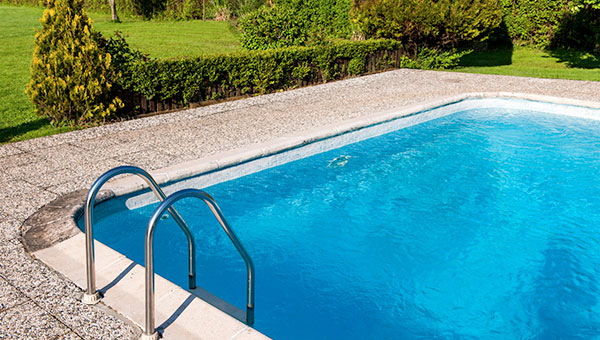
“It was the perfect time to bring safety and uniformity to the country in this industry and could have a profound effect on public safety,” Peters asserted. “In the end they voted almost unanimously to allow us the chance to develop the first draft. From there it has gained amazing acceptance across the country. I would say that was the biggest development and accomplishment related to safety while I was there.”
The Code Council’s Efforts Extend Beyond the International Plumbing Code
There are a number of plumbing-related initiatives currently in development, including two new standards: ICC 815 (Sizing Water Distribution, Sanitary Drainage and Vent Piping Systems) and ICC 825 (Private Sewage Disposal Systems). ICC 815 is slated for publication toward the end of 2026 and will address the right sizing of water distribution, sanitary drainage and vent piping systems for residential, mixed-use and institutional occupancies. ICC 825 is expected to debut before the end of 2025 and will make residential onsite wastewater treatment and disposal systems more resilient to the extreme weather events caused by climate change.
The Code Council also recently submitted project initiation requests to ANSI for the development of ICC 1600 Series (Professional Qualifications for Onsite Direct Potable Water Reuse Systems) and ICC 1670 (Plumbing Systems in Hospitals and Healthcare Buildings). The ICC 1600 Series will establish minimum requirements for system designers, installers, inspectors, auditors, operators, maintenance technicians and trainers specific to onsite direct potable water reuse systems in accordance with industry standards. ICC 1670 will provide wholistic design, installation, inspection and maintenance requirements for water supply and sanitary drainage systems in hospitals and healthcare buildings.
The 2021 International Plumbing and Fuel Gas Code® (IPFGC), a fully integrated code that includes the IPC, International Fuel Gas Code® (IFGC) and International Private Sewage Disposal Code® (IPSDC) was recently published in October 2024. The IPFGC includes the plumbing provisions from ICC A117.1 (Accessible and Usable Buildings and Facilities).
Separately, the 2021 International Water Conservation Code Provisions™ (IWCCP™) was published in September 2023, offering the first fully integrated edition focused on water conservation and the hot water energy provisions of the I-Codes.
To view more of the Code Council’s PMG related resources, click here.
To stay updated on the latest PMG industry news, subscribe to the Code Council’s PMG newsletter here.






